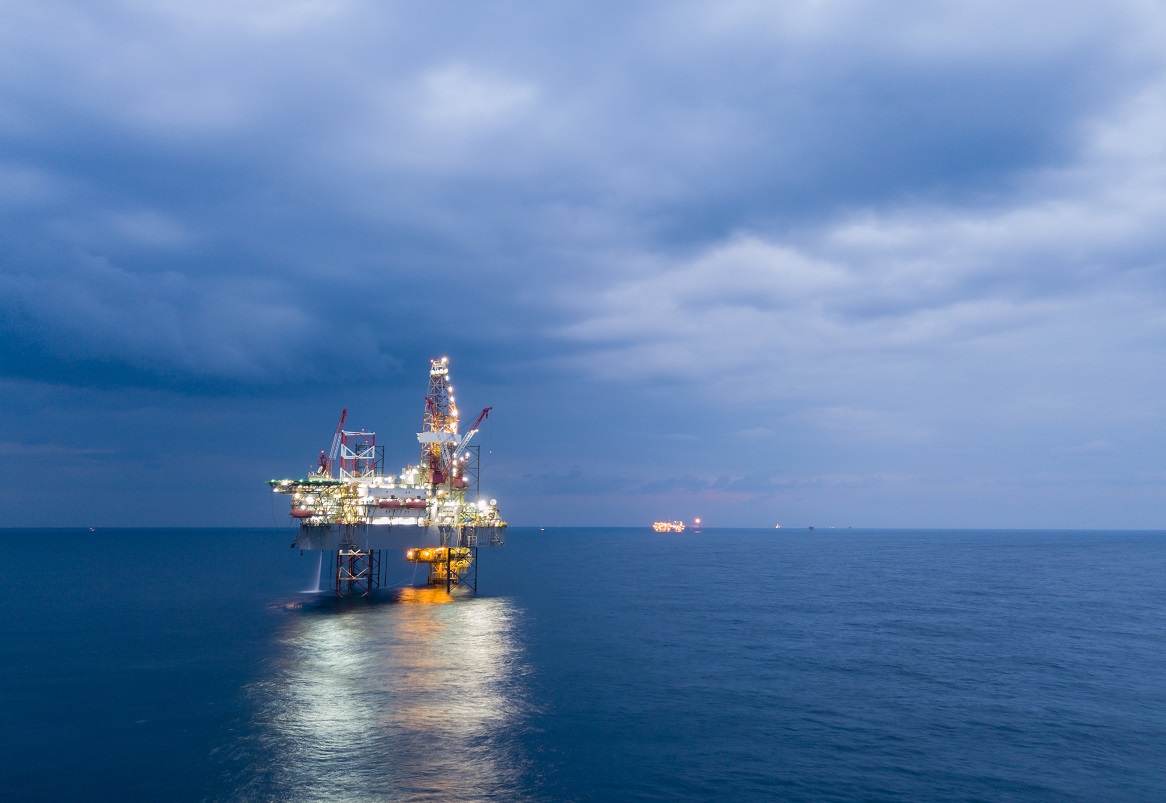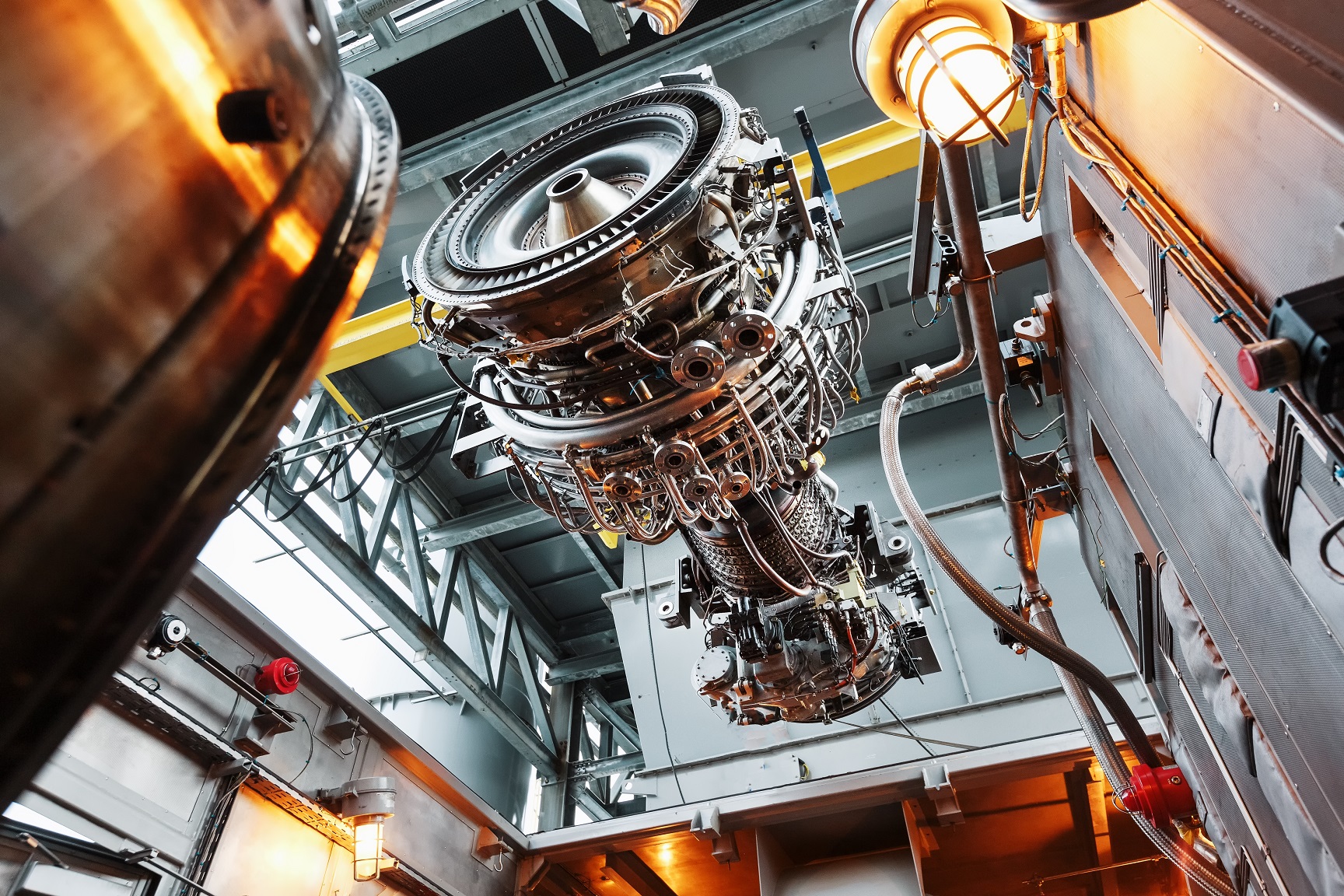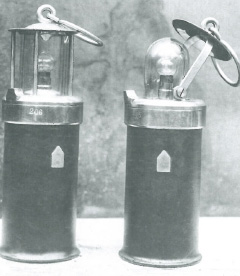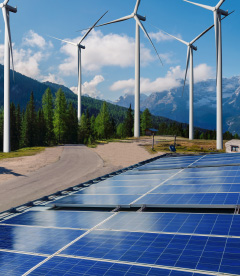The Harsh Reality of Oil Rigs: Where Lives Are at Stake, Nothing Is Left to Chance
Application
May 25. 2023
2 min.
The islands of isolation whipped by a merciless sea, pumping tens of millions of dollars worth of oil every day, are much more than just thousands of tons of steel. They are small towns that depend entirely on technology to function. And they can't do without energy, which they must never run out of.

In the Gulf of Mexico alone, 6,000 oil and gas platforms have been built over the last 80 years. Of these, 3,500 are still standing and 3,200 are still active. But even where millions of barrels of oil and gas energy are being pumped, there must be backup power sources - battery technology takes care of that. With the extreme conditions at sea and the risks associated with production demand the highest levels of reliability as well as low maintenance.
Offshore rigs are usually powered by using gas piston or turbine power plants, or more commonly, with an internal combustion engine running on diesel, of which it can use upwards of 20–30 m3 per day, according to the oil and gas association IPIECA. Due to the harsh and highly variable offshore conditions, these generators must be built with materials and coatings that can withstand the extreme temperatures, water, saline and wind.
Some rigs are instead powered by a gas generator, but these are more expensive to run and require more maintenance than diesel engines. However, gas generators may be powered by lease fuel, which is natural gas obtained as a byproduct of drilling crude oil, and which may be consumed directly on-site. If the rig is operating in a developed field, the field may have a small on-site refinery that is used to distill fuel as well. Otherwise, the fuel must be supplied from an external source and stored on site.

For example, the five Snorre A and B, and Gullfaks A, B and C platforms in the northern North Sea are to be supplied by wind turbines with a combined capacity of 88 MW. This installation is estimated to meet about 35 percent of the platforms’ annual power demand, cutting down CO2 emissions by 200,000 tonnes per year. Just like with subsea cables, removing, or reducing, power generation on the oil rig increases space available on the platform, reduces its weight, and makes for a healthier and safer work environment.
More than just a backup
Obviously, very strict safety regulations apply on the platform due to the handling of flammable and environmentally hazardous substances. In addition, offshore drilling rigs are particularly susceptible to lightning strikes, as the loss of AC power, and therefore lighting, could pose a danger to both the rig and the safety of shipping and possibly even air traffic in the vicinity. It is therefore essential to have a reliable back-up unit or UPS.
A Battery Storage System (BSS) charged from the rig's generators typically has enough capacity for 60-90 minutes of autonomous UPS backup power for the platform's control and safety systems. In some cases, the battery capacity is big enough (even up to 40.000 Ah) to provide backup to critical resources for up to a week with required drainage of high current to the equipment. Ni-Cd cells are preferred for this purpose, especially in harsh climates. Not only are they unaffected by moisture and salt, but they can also withstand very high and very low temperatures – at least for a short period of time, even from -50 to +70 °C. Thus, unlike Li-ion cells, they do not need sophisticated air conditioning or other support systems, while they also offer an unrivaled lifetime of up to 20 years.
Furthermore, the battery storage can even power the platform's motion. In fact, semi-submersible or otherwise mobile rigs are equipped with fixed or extendable thrusters, which they need to maintain their stability, perform so-called dynamic positioning operations, or also to balance the torque of the drilling drive unit. And in the highly unlikely event that primary power sources fail, these thrusters become battery-powered.
In addition to Ni-Cd battery backup systems, other battery technologies are also used to supply additional power during peak load periods. In fact, at certain times diesel power plants (DPS) or gas piston or gas turbine units must be able to deliver a huge power of around 5 MW, but often up to 10 MW, so platforms are typically equipped with 4 or 5 DPS. However, if the off-take maximum is covered by energy previously stored in batteries, the rig can get by with fewer generators and save low tens of percentages of diesel consumption.
In conclusion, backup or UPS systems are an absolutely critical component of any offshore platform, which is why the most robust and reliable cells, Ni-Cd batteries, are used for this purpose. However, not only on solid land but also over ocean waves, battery storage systems are also beginning to be used in combination with power generation, an emerging trend worldwide that has great potential to make renewable generation in particular more efficient.
Related articles
Why Stabilizing the Grid can be done so Efficiently with Batteries
March 27. 2025
2 min.
MoreElectric Buses on the fast Track
March 4. 2025
2 min.
MoreEasy Riding with Battery Power
February 13. 2025
2 min.
MoreMaking Water Flow with Batteries
November 8. 2024
2 min.
More



